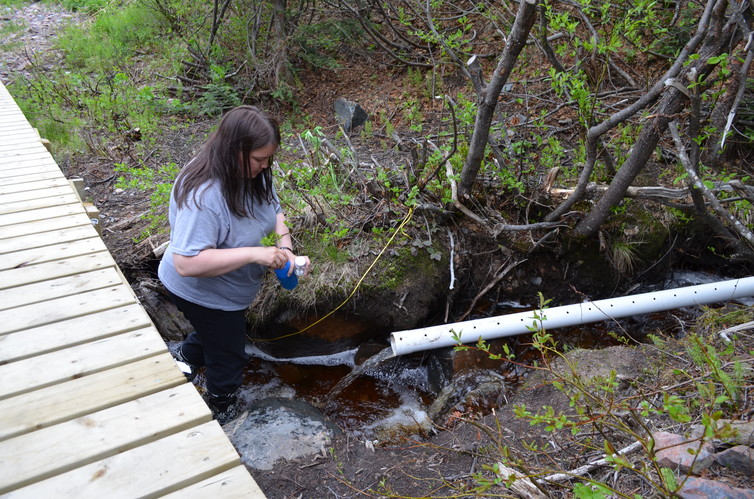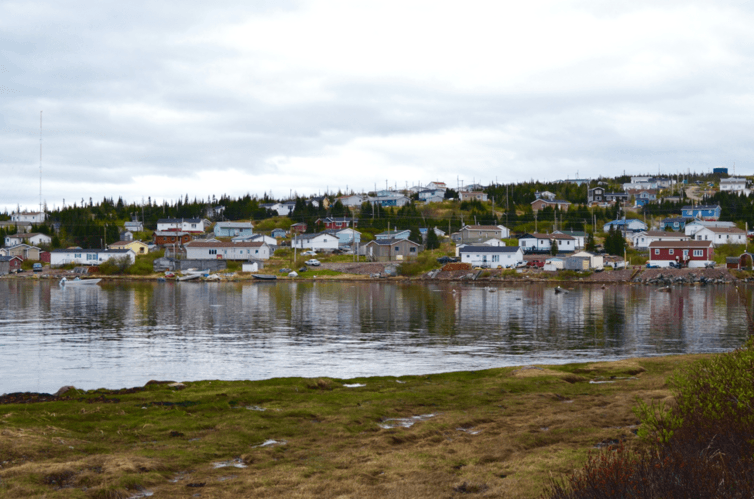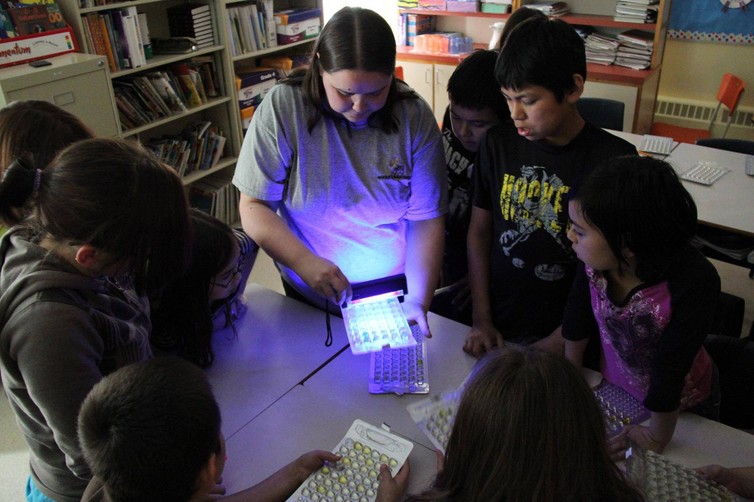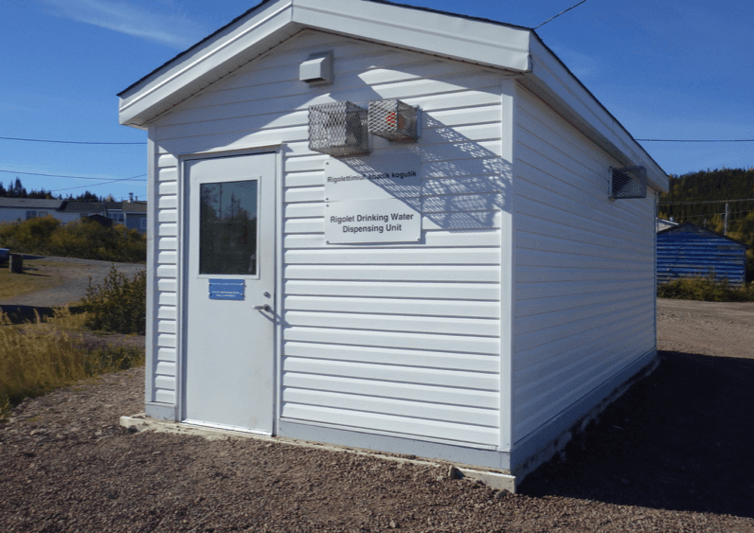Collaboration can help in the Indigenous water crisis

How often do you think about the water that comes out of your tap? Where it comes from, how it’s treated or whether it’s safe for you to drink?
If you’re living in an urban area, likely not often. But for many people living in Indigenous communities in Canada, it’s quite a different story — one of insufficient water quantity and poor water quality.
Access to safe drinking water in Indigenous communities is a human rights issue that has been on the agenda of Human Rights Watch and Amnesty International for years. But, the existing water challenges are complex, and require multiple solutions.
Community-led research can help. Research that’s driven by Indigenous peoples can help to identify the causes of poor water quality in specific areas, and to design appropriate interventions. One research project that we worked on with Inuit colleagues in Rigolet, Labrador, is a great example – revealing that simple management practices can help to keep drinking water containers from becoming contaminated.
Unsafe drinking water
In some Inuit communities in Nunavut, drinking water is delivered to household storage tanks by truck. This results in a limited supply, and people often need to ration this water, sometimes reporting that they run out before their next refill.
Adding to issues of water quantity, unsafe drinking water is a major concern. The number of boil water advisories (meaning that the municipal water has not met water quality guidelines) in First Nations communities is more than double that of non-Indigenous communities in Canada.

Some of these boil water advisories have lasted more than 10 years. That’s a decade of not being able to brush your teeth or drink from the tap without potentially putting your health at risk. Understandably, many Indigenous people have reported mistrust of their community drinking water supply.
Illness-causing pathogens
Infection with viruses, bacteria or parasites are a major concern of drinking unsafe water. These pathogens can lead to vomiting and diarrhea, also called gastrointestinal illness. One clear example of illness due to unsafe water was the outbreak in Walkerton, Ont., in 2000, when the town’s water supply was contaminated with dangerous fecal bacteria.
Inuit communities in the Canadian Arctic have one of the highest rates of gastrointestinal illness reported in the world. This may be, in part, due to consumption of contaminated water. However, understanding exactly how someone got infected is no simple feat.

We need better research
Research to better understand drinking water and its potential health impacts in Indigenous communities is vital. But research itself with Indigenous communities also needs to be better.
“In the past, most scientists/researchers that came to our community would do so with very little explanation and input from the community,” commented Charlie Flowers, an Inuit researcher from the Labrador community of Rigolet. “Often times [they] would come in with their own agendas and community members couldn’t always see the relevance of their research.”
This speaks to the unfortunately common historical approach of doing research on Indigenous communities, rather than with or led-by Indigenous communities, resulting in tensions and mistrustful relationships.
Communities need to be involved in research from step one. From the identification of research questions to data collection and interpreting the results, research needs to be done in a way that engages community members and respects their interests and traditional knowledge.
Relevant research from Rigolet
One example of community-led research is a study of drinking water in Rigolet, which was identified because of Flower’s work regularly sampling and testing community water sources. “We had to collect water in little sample bottles and transfer them to test trays, being very careful not to touch the inside of the bottles or trays, as that might contaminate the sample. Since that time, it had always been in the back of my mind that I shouldn’t touch the inside of a water container/bucket as it might contaminate the water inside.”

Many people collect and store drinking water from a small treatment station at the centre of town. This water is often kept in jugs or large lidded buckets in people’s homes. Flowers wondered if people’s stored water might be getting contaminated after collection, if the containers themselves weren’t clean.
Working with the Rigolet Inuit Community Government and Inuit researchers, we tested all water storage containers in Rigolet. We found that when people used transfer devices — or dippers, as they’re called locally — to collect or retrieve water from containers, there was an increased risk of finding bacteria in the water. These bacteria indicate that other fecal pathogens may be present, representing an important health concern.
These study results were shared at a community event. And information on best practices for cleaning containers and dippers was shared through posters and stickers. The stickers could be put directly on containers to serve as a reminder to clean them often.
This study is just one example of a research project that addressed a community-identified issue, and provided a set of best practices for a water-related concern in Rigolet. Most importantly, though, it would never have happened without the input and support of the community.
When research efforts are genuinely collaborative, everyone benefits. The quality and relevance of research is improved, and communities are supported in their ability to drive research and meaningful change. And while the issues are complex, continually striving to improve the way research is done is one important step forward in an era of truth and reconciliation.
Sherilee Harper is Assistant Professor, Department of Population Medicine at the University of Guelph and Carlee Wright is an MSc candidate at the University of Guelph.
This article was originally published on The Conversation. Read the original article.